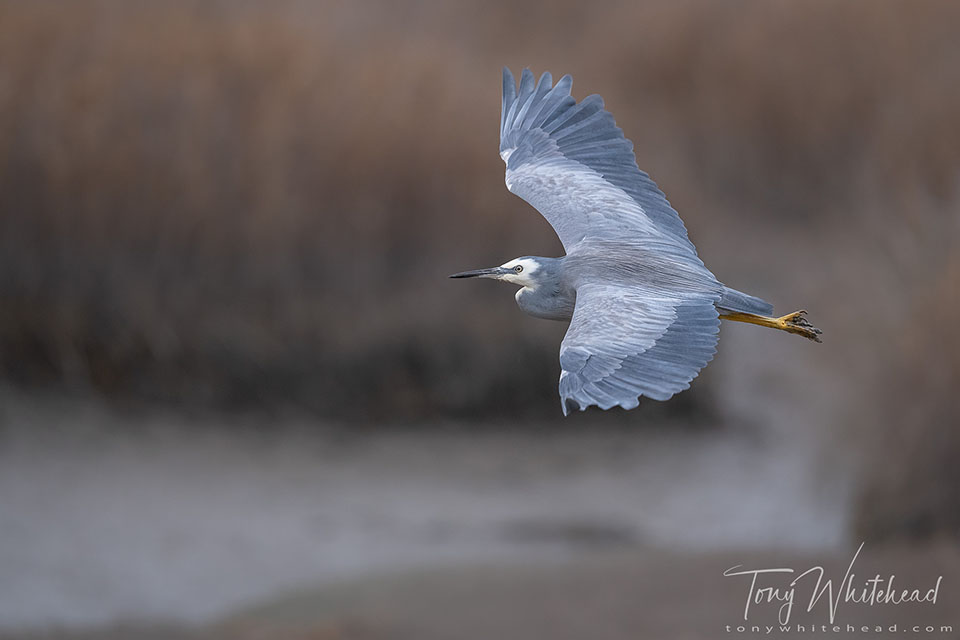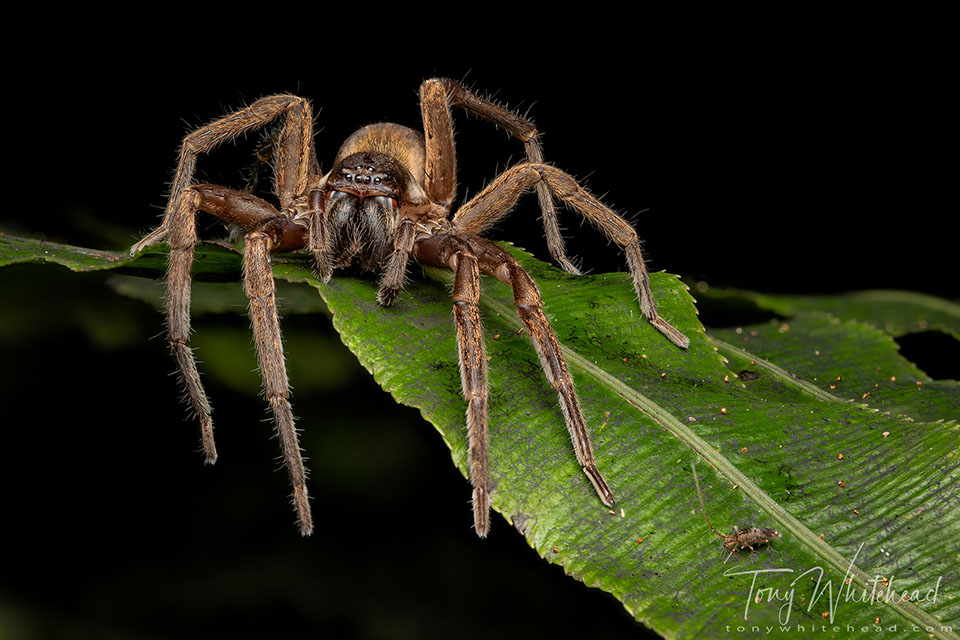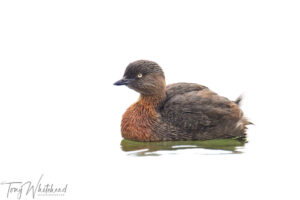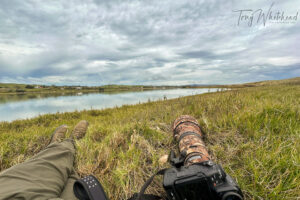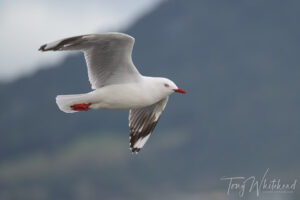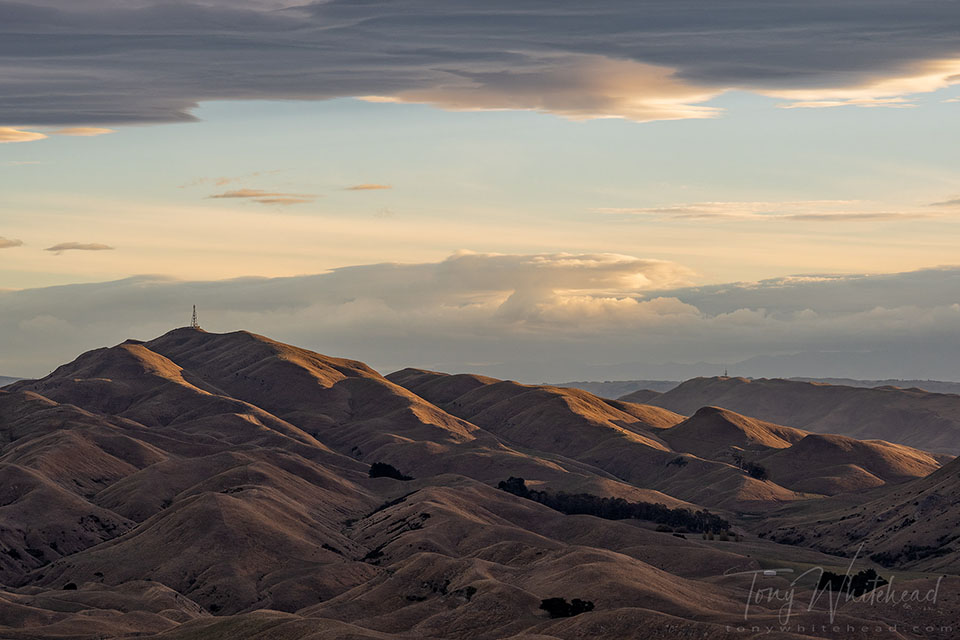
I have used Nikon DSLRs since 2004 when the D70 arrived. Over the years I have enjoyed the D200, D300, D700 (a favourite of mine and still, I think one of the all time great cameras), D3s, D800, D810, and most recently D500 and D850. Each has been an evolution of the previous and for my preferred bird in flight photography the D500 and D850 have been spookily good with Group area AF.
Since 2012 I have run a parallel system with Fuji cameras so am not entirely new to mirrorless cameras. The quirky but lovely X100, X100s and currently my X100F with hybrid Rangefinder/EVF and the XT1 and now XT3 as pure mirrorless bodies. I have really enjoyed the compact size and image quality (especially out of camera JPG images) from the Fuji cameras for travel and street photography. Unlike my Nikons that live in manual mode, the Fujis live in aperture priority mode with exposure compensation – different tools for different jobs.
As has been widely discussed in innumerable articles and podcasts, Nikon and Canon were slow to the mirrorless party (in larger format sensors, the Nikon 1 series being a mirrorless system with smaller sensors). Personally having used both DSLR and mirrorless cameras, I didn’t quite get the issue that Nikon and Canon were being criticised for. I knew from my experience with both systems that there were things a DSLR could do that a mirrorless couldn’t that just made it a more versatile tool for most photographic jobs. It seemed to me that the loudly touted advantages of mirrorless were more of a marketing issue than a real benefit when taking into account the drawbacks of mirrorless. When Nikon finally announced their Z6 and Z7 mirrorless bodies I struggled to see the place for them as they were in many ways not quite as good as the current Nikon DSLRs. There was no temptation for me to even trial one as a replacement for my D500/D850 setup.
My recent exploration of macro photography changed that. Struggling with an optical viewfinder to gauge sharpness while shooting image stacks for focus stacking revealed the game changing benefits of focus peaking. This led me down a path of wanting to get a mirrorless body purely for macro work, specifically focus stacking.
The simplest option would have been an entry level body as all macro needs is manual settings. The Canon system is definitely better catered for in the macro sphere with more OEM and third party options for lenses and flashes. Nikon’s sole dedicated macro flash system runs on disposable batteries which is less than ideal. This tempted me to look at Canon but I was reluctant to give up the gorgeous high resolution D850 sensor with the benefits it offers. I physically played with a Canon R6 and hated it. This is no reflection on the Canon but more on the depth of my ingrained muscle memory. Nothing seemed in the right place, the controls weren’t intuitive to me and even the shutter release felt as though it was in the wrong position. It seemed teaching an old Nikon dog new tricks was a bridge too far. Added to that was the fact that to achieve the high resolution I wanted, I would have had to spring for a R5 and that cost just did not make sense for a purely macro system.
I decided to stick with Nikon and explore their mirrorless options. The Z5 seemed quite good value but the recently released Z7ii was just too expensive to justify for macro when it would not be as capable as my D850 in other areas. While intensively pondering and researching options I found an excellent deal on a brand new Nikon Z7, slightly over half the new price despite being a legitimate import through one of our largest technology chains. It seemed too good to pass up a Z7 for not much more than the price of a Z5 so I placed an order to collect it on our way out of Auckland where we had spent the weekend. On collecting the camera I found that it included a $400 memory card which made the deal even better than I had thought it was.
What swayed my decision on the Z7 was that I could use all my existing lenses, flashes and memory cards so the camera may end up not only being useful for macro. Having now used it for over a month I have some initial impressions about the Nikon Z7 vs Nikon D850.
Firstly for its planned macro use it is everything I had hoped for. High resolution sensor and game-changing (almost cheating as my friend puts it!) focus peaking makes image stacking much easier and more successful. If that’s where it stopped I would be over the moon but having used it during a week away travelling I have discovered some other strengths of the Nikon Z7. My initial impression was that I preferred the D850 for everything except macro. That has evolved to the point that I would almost be happy with the Z7 for everything except birds in flight. If I could have only one it would be the D850 as it is a more versatile tool (except for macro!). Sensors are essentially the same although the D850 has some marginal benefits as it it doesn’t have to include focussing pixels within the array.
Good things about the Nikon Z7 vs Nikon D850
Electronic Viewfinder (EVF)
The EVF has some definite advantages. Giving a preview of exposure, including histogram, can be useful when working in manual or auto exposure modes. Having worked manually since the days of film, I don’t find this a game changer but it can be helpful. For someone just taking up photography it is a massive benefit.
I have always loved the big bright D850 viewfinder but when the light levels drop the Z7 EVF remains big and bright.
The EVF can also be set to not display a preview of exposure. This is great for macro at night where you can have a bright view for composition when relying on flash to provide light for exposing the image. It is also useful for landscape photography when using heavy neutral density filters to achieve long exposures. Even with exposure preview on I was able to use focus peaking to accurately focus a scene through a 10 stop ND filter on a clouded day. With the D850 this would have required focus with the filter off, locking focus manually and reattaching the filter to the tripod mounted camera.
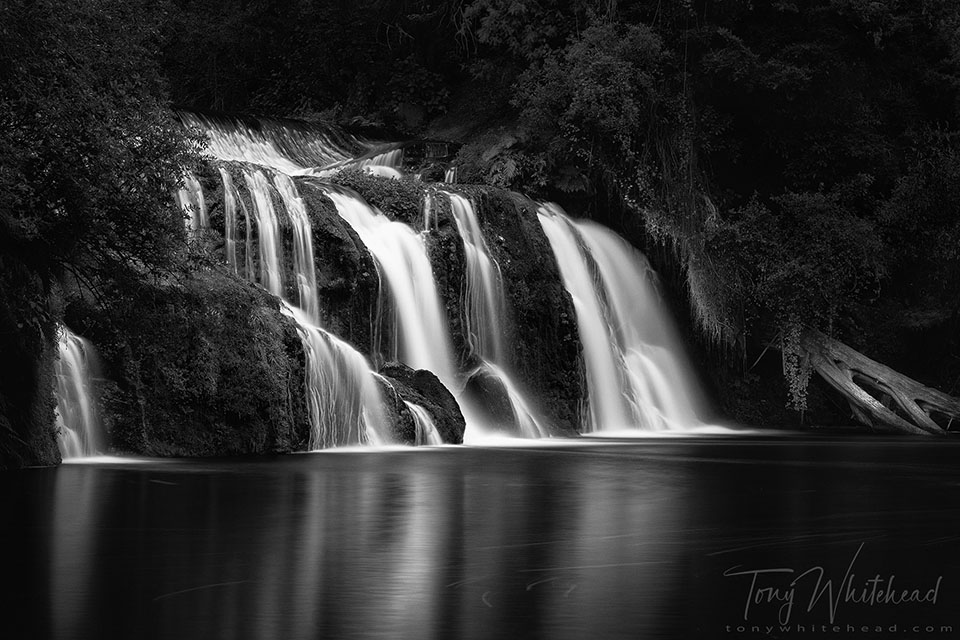
Nikon Z7 EVF has definite benefits for macro and landscape photography.
In Body Image Stabilisation (IBIS)
IBIS is a game changer. Vibration reduction lenses are great but IBIS is better, especially with VR lenses. Handheld shots just not possible with a DSLR can be achieved with a mirrorless body. Handheld waterfall blurs I would not even attempt with a DSLR are achievable.
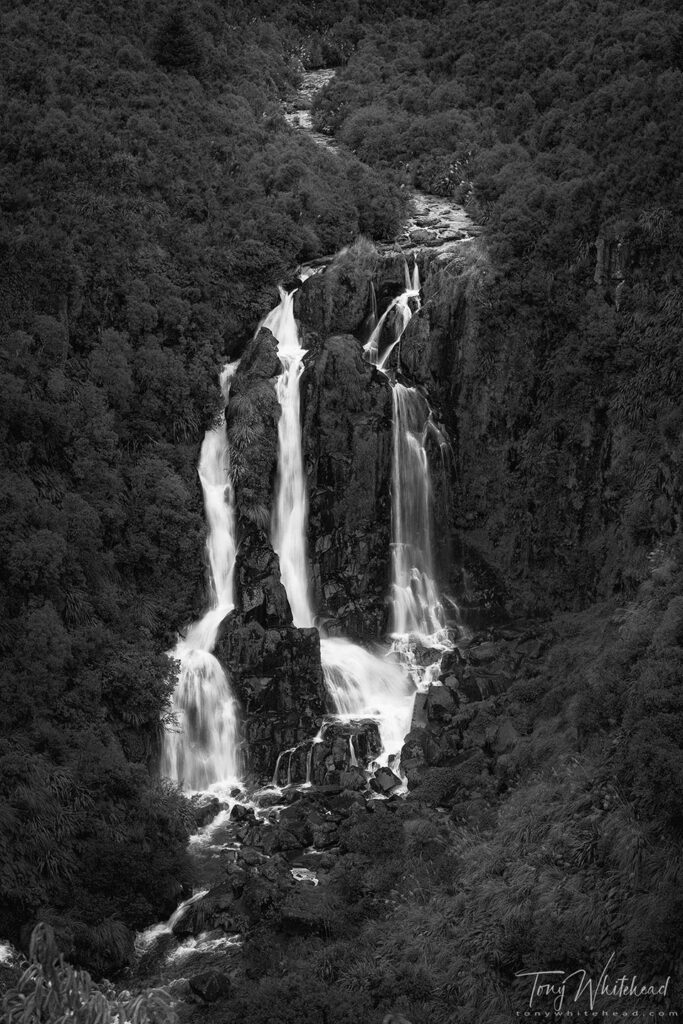
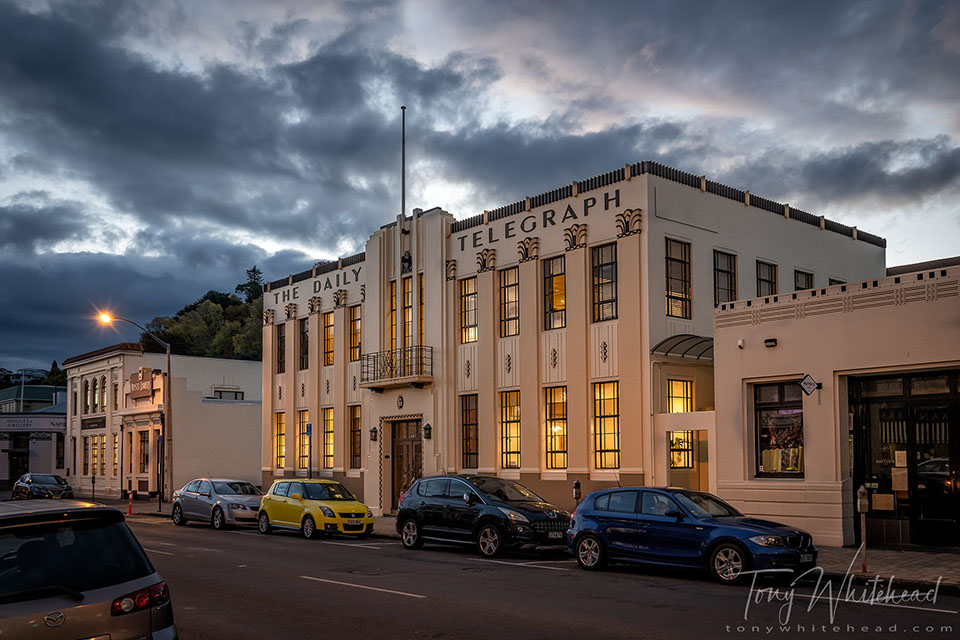
Image stabilisation is of no help with moving subjects so little benefit for bird photography except stationary birds. Definite advantage to the Z7 for landscape and travel/street photography.
Size and Weight
The Z7 is significantly smaller and lighter than the D850, especially as I use the D850 with battery grip for improved frame rate. The D850 is not a travel camera for this reason. You need to consciously decide to take it for a reason. The Z7 with the Nikon 24-200mm lens is definitely a travel/street photography option as it is relatively small and light.
Autofocus
The Nikon Z has some different autofocus modes and more developed face and eye tracking autofocus (including for animals) that covers a larger area of the sensor. This is not something I have used much yet and is of limited benefit in the work I do but could be useful for travel, portraits, family/pet photos.
Bad things about the Nikon Z7 vs Nikon D850
Many of the good things about the Z7 vs D850 are also bad things and vice versa
Electronic Viewfinder (EVF)
A 3.67 million dot OLED EVF will never match the 576 megapixel resolution and dynamic range of human vision through a pentaprism and even with my ageing eyes I can notice a big difference. Practically the biggest issue for me is when photographing birds I am looking for catchlights in their eyes before shooting and the EVF is just not as reliable in showing this. EVF lag and blackout is much improved from my initial Fuji XT1 experience but again an optical viewfinder (OVF) is far superior for tracking birds in flight.
Another very significant issue is being able to identify distant birds through an optical viewfinder. When out photographing birds I do not carry binoculars as they just add complexity. My 500mm lens gives the magnification of a 10x binocular. I simply use my camera to locate and identify distant birds. When using the Z7 the resolution of the EVF does not allow me to do this. If I take a photograph and preview on the LCD the resolution is there to differentiate species but not through the viewfinder. This is a deal breaker for me and I just cannot recommend a mirrorless body for most bird photography.
DSLR OVF significant advantage for bird photography
Size and Weight
For me a downside the the smaller Z7 is that it just doesn’t fit my hand as well. My little finger drops off below the grip to the point that I have added a SmallRig bracket to improve the handling. This obviously adds a little weight but has benefits for landscape photography as I now have a Arca-Swiss compatible L bracket that makes tripod use very easy.
I just find that the D850 with grip balances and handles better with the lenses I use for bird photography.
Autofocus
I have my D850 and D500 set up identically for bird photography with direct access to 2 different focus modes for flying and static birds. The real big advantage for me was the Group AF for birds in flight and sadly this is one focus mode that the Nikon mirrorless cameras do not have.
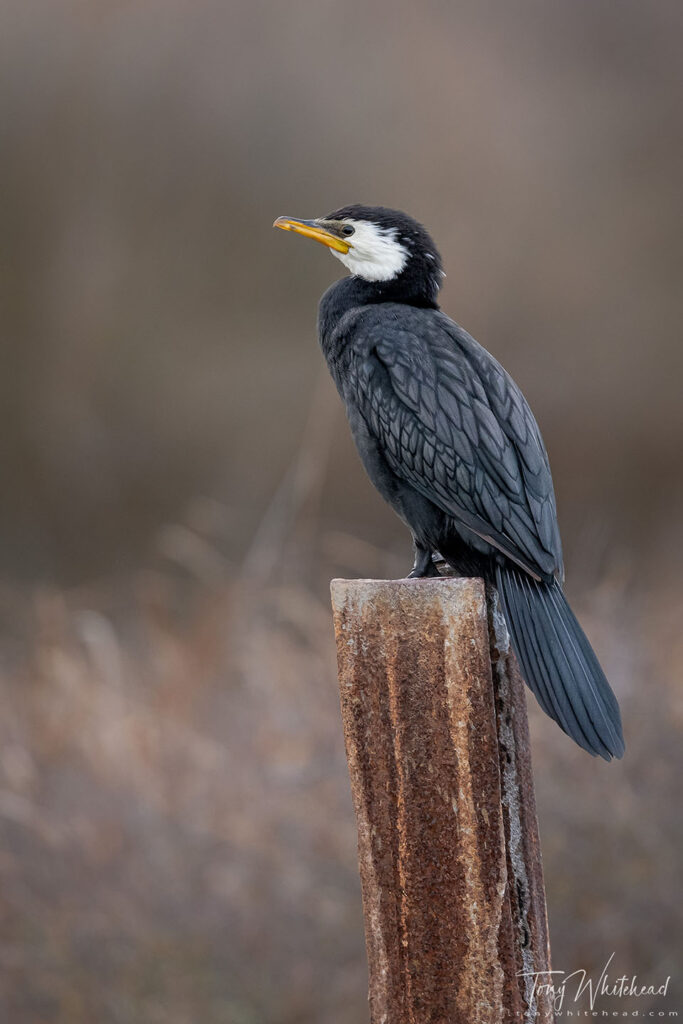
The Nikon D850 is just a better tool for photographing birds in flight. I think Nikon Z7 would be fine for static birds but you just never know when one will fly past making the D850 a better option for bird photography.
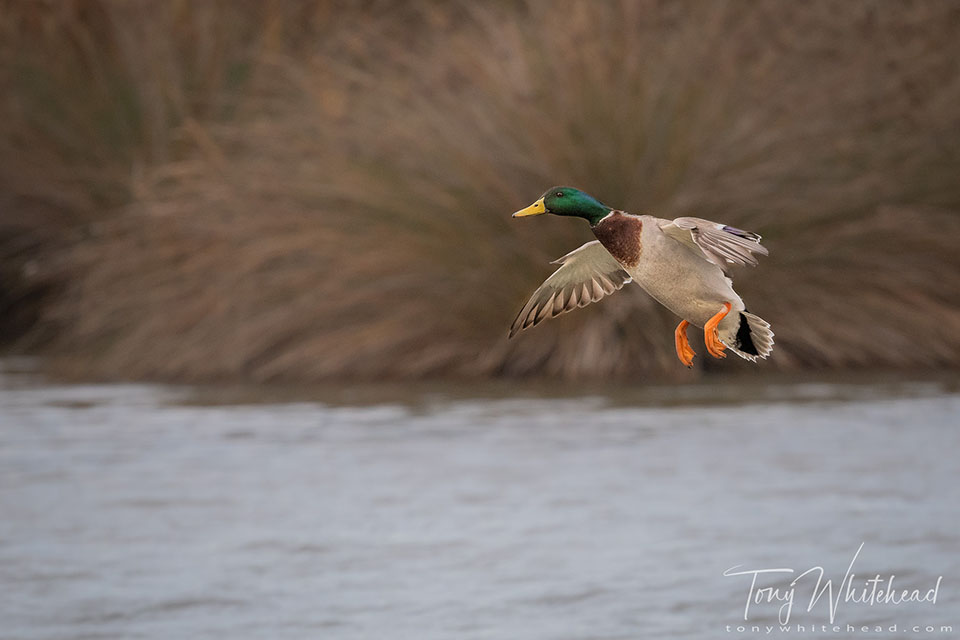
Battery life
Because power is required to run the EVF battery drain for mirrorless cameras is higher than with DSLRs. This is offset a little by not needing power to move a mirror but in real terms mirrorless drain batteries faster. I would feel insecure without a spare battery available for my Z7 whereas with the D850 it is never an issue. This is a bit of an unfair comparison as the D850 lives mostly with a grip and large battery on it but even when using it without the grip I have not needed to change the battery during a day of use. For most uses the Z7 would probably last a day with ease. If I didn’t already have spares interchangeable from my DSLRs I would want a spare battery for the Z7 in my camera bag ready to go.
Slow to wake
Compared to a DSLR the Z7 is slow to wake when switched on or in power save shutdown. It takes while to be ready after switching on or half press of the shutter. I believe that is has improved with the Z7ii but is still not as rapid as a DSLR which is almost immediately ready to go when switched on.
Single Card Slot
Having a single XQD card slot was widely mentioned as a big issue when the Z7 and Z6 were announced. With firmware upgrades these are now also compatible with CFexpress cards. The single slot is not a big issue for me as even with dual slots I have them set for overflow. I have only ever had card issues with one pair of Lexar CF cards and used to use backup on the dual card slots of my D3s for that reason. Using Sandisk SD and Sony XQD cards I have never had card problems. For bird work if I am working with rare species/behaviours such as Fairy Terns/Rockwrens/Blue Ducks I may set 2 cards to back-up but is it’s not my default setup as I have had no reason not to trust my cards. Back in the days of film we only had 1 roll at a time. This issue has also been addressed with the Nikon Z6ii and Z6ii which have dual card slots like the D500 and D850.
Summary Nikon Z7 vs Nikon D850
This is obviously an evolving space. Mirrorless cameras are the future and have significant theoretical advantages in terms of size and weight. A big part of this weight issue is when in combination with shorter focal length lenses that can take advantage of a shorter flange distance of the mirrorless design. For longer lenses it is far less significant. Frame rate is potentially much higher with no need to accommodate mechanically moving a mirror rapidly. Focussing will improve and Nikon is currently playing catch-up with Sony and Canon in this area. This will improve to surpass what DSLRs currently offer.
My feeling is that currently mirrorless cameras have more advantages than DSLRs for general photography but there are still things that they cannot do as well as a DSLR does. Nikon mirrorless bodies can do some things for me more easily than DSLRs can and some things that DSLRs can’t do – focus peaking for macro and ND landscape, but equally DSLRs can do some things that mirrorless cannot – birds in flight with more control and accuracy.
If I was buying a new camera today and wasn’t obsessed with birds in flight, I would buy mirrorless. As it is I will enjoy using the best tool for the job at hand. DSLR for birds, action, sport and mirrorless for macro, travel and landscape. For portraits either would do though I suspect after exploring eye AF more I would settle on the Z7 for this.
What would it take for me to change my D500/D850 setup for a mirrorless body? Realistically an autofocus setting as good as or better than Group area AF and an EVF that allowed good tracking of birds in flight. If that were achieved I would forgo the OVF resolution/dynamic range benefits of a DSLR. I am looking forward to seeing what the Nikon Z9 brings but realistically the Z9ii will probably be more interesting.
Bird photos with Nikon D850 and Nikkor 500mm f5.6PF lens. Landscape/urban photos with Nikon Z7 and Nikkor Z 24-200mm f4-6.3 lens. Macro photo with Nikon Z7 and Micro Nikkor 60mm f2.8G lens with Kenko 12mm auto extension tube.
